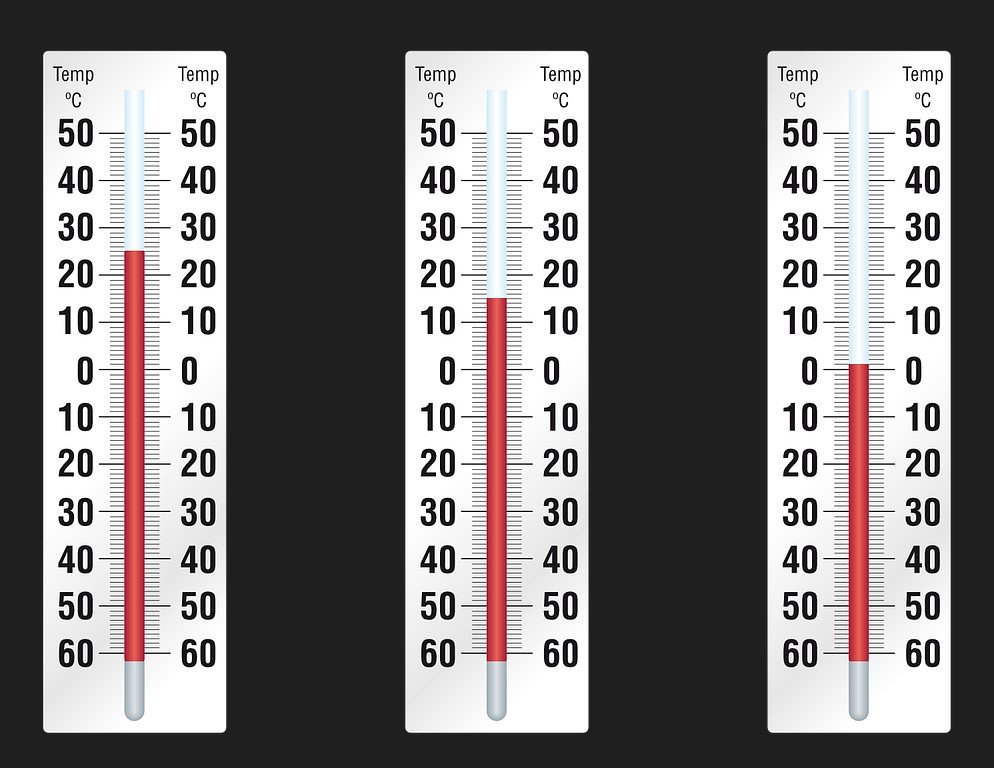When it comes to flooring, there are many options available. Two of the most popular choices are parquet and herringbone, but what is the difference between these two styles of flooring? In this article, we will explore the similarities and differences of these two flooring options, so that you can make an informed decision for your home or space.
What is Parquet Flooring?
Parquet flooring is a type of flooring that features small, interlocking wooden tiles. These tiles are often made from a variety of wood species, and are arranged in a geometric pattern. Parquet flooring is often found in older homes as it became popular in the 16th century and was commonly used into the 20th century. It is a classic choice that can add both elegance and warmth to a space.
What is Herringbone Flooring?
Herringbone flooring is a type of flooring where planks of wood are arranged in a zigzag pattern. The pattern is reminiscent of the bones of a herring fish, hence the name. Similar to parquet flooring, herringbone can give a space an elegant and sophisticated look. The pattern can also make a small room appear larger.
The Similarities Between Parquet and Herringbone Flooring
While the two styles of flooring may look different, they do have some similarities. Firstly, both parquet and herringbone flooring are made from real hardwood, making them durable and long-lasting options for your floors. Both also come in a variety of wood species, stains, and finishes, allowing you to choose a look that fits your aesthetic preferences.

Understanding the Difference Between Parquet and Herringbone
The Differences Between Parquet and Herringbone Flooring
One of the biggest differences between the two types of flooring is the pattern. Parquet flooring features small, interlocking squares, while herringbone flooring features planks arranged in a diagonal zigzag pattern. This difference can give each flooring type a unique look and feel.
The installation process for each type of flooring can differ. Herringbone flooring can be more challenging to install due to the diagonal pattern, which requires more precision than the square pattern of parquet flooring.
Which Flooring is Best Suited for Your Home?
When deciding between parquet and herringbone flooring, it ultimately comes down to personal preference. Parquet flooring can be a great option for those looking for a classic and elegant look, while herringbone flooring can give a space a modern and unique look. Additionally, the flooring choice may depend on the room you are installing it in. Herringbone flooring can make a small room appear larger due to the diagonal pattern, while parquet flooring can add warmth and coziness to a larger space.
Maintenance of Parquet and Herringbone Flooring
Both parquet and herringbone flooring require maintenance to keep them looking their best. Consider a few tips for maintenance and cleaning:
- Sweep or vacuum regularly to prevent dirt and debris from scratching the finish on your flooring.
- Wipe up spills immediately to prevent damage and water stains.
- Consider refinishing your flooring every few years to maintain its appearance.
Conclusion
Whether you choose parquet or herringbone flooring, both options can add elegance and warmth to your home. The difference in pattern and installation style can give each flooring type its own unique look. Consider the style of your home and personal preferences when selecting the flooring that’s best for you. With proper care and maintenance, both parquet and herringbone flooring will provide a durable and timeless addition to your space.
FAQs
[faq-schema id=”173″]
















